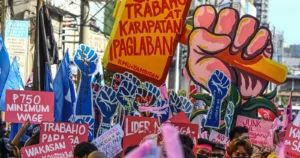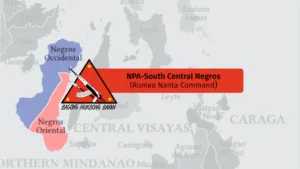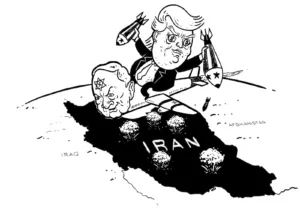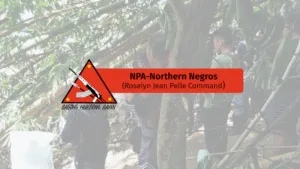On June 26, the Marcos regime, through the Department of Transportation, and the US Trade and Development Agency (USTDA) signed an agreement for the US government to fund the initial research and study (technical assistance) for the Subic-Clark-Manila-Batangas (SCMB) Railway project. The project aims to construct a railway system spanning 250 kilometers to connect Subic and Clark to the Batangas port. This freight railways will serve to transport goods.
The initial study of the project covers developing a model for transportation, research for port rail integration, and related legal issues. The Marcos regime will borrow $3.8 million or ₱218 million for the feasibility study alone.
According to the USTDA plan, the feasibility study and project design will begin between 2025 and 2026. The Subic-Clark section will start construction in 2027–2028, and the Clark-Manila-Batangas section in 2028–2029. The target is to begin rail operations in early 2030.
The 250-kilometer rail system is a major project under the Luzon Economic Corridor (LEC), another economic program developed by the US, the Philippines, and Japan, and is part of the US Partnership for Global Infrastructure and Investment. The trilateral partnership purporedly aims to accelerate coordination in investment for large projects such as railways, port modernization, “clean energy,” and supply chain flows for semiconductors and agriculture. This is considered the US’ counter program to China’s Belt and Road Initiative (BRI) and Maritime Silk Road.
Beyond the economic aspect of the LEC, it will also serve as an EDCA extension. Bagong Alyansang Makabayan (Bayan) secretary general Mong Palatino said the LEC is part of the US plan to make Luzon the center for its military operations. He said this violates the country’s sovereignty.
“The unveiling of the ‘Luzon Corridor’ during the trilateral summit signals the intensified foreign military buildup in the island (of Luzon),” Palatino warned. “It practically turns the country’s biggest island into an EDCA site servicing thousands of foreign troops at any given time. It is purported to be an economic zone but it is linked to the installation of EDCA sites and the repurposing of Subic and Clark into military hubs for joint exercises with foreign troops.”
As recently as June 27, the US Congress announced its desire to build an ammunition factory in Subic Bay, a former US military base and currently an unofficial EDCA site being used by US military forces. Before this, the US had already leased space at the base allegedly to store disaster related materials.
The Pambansang Lakas ng Kilusang Mamamalakaya ng Pilipinas (PAMALAKAYA) strongly condemned the US plan to further use Subic as a dumping ground for military equipment, which would only endanger the country. Fisherfolk are also certain that the toxic chemicals the arms and ammunition factories will dump into the sea will disrupt the aquatic ecosystem.
Besides threatening national security and the lives of citizens, the SCMB will severely dislocate and evict farmers and indigenous Aeta people.
In 2024, 212 landowners in Porac and Floridablanca, Pampanga, have reportedly been evicted already from their land to make way for the project. Before this, the Bases Conversion and Development Authority distributed Transfer Certificates of Title to facilitate landowners to sell land.
Likewise, since 2020, many Aeta communities have already been displaced from their communities to make way for railway related infrastructure projects. This includes at least 500 Aeta families in Barangay Aranguren, Capas, Tarlac, who were evicted from their community to make way for the construction of an access road to Clark International Airport.













